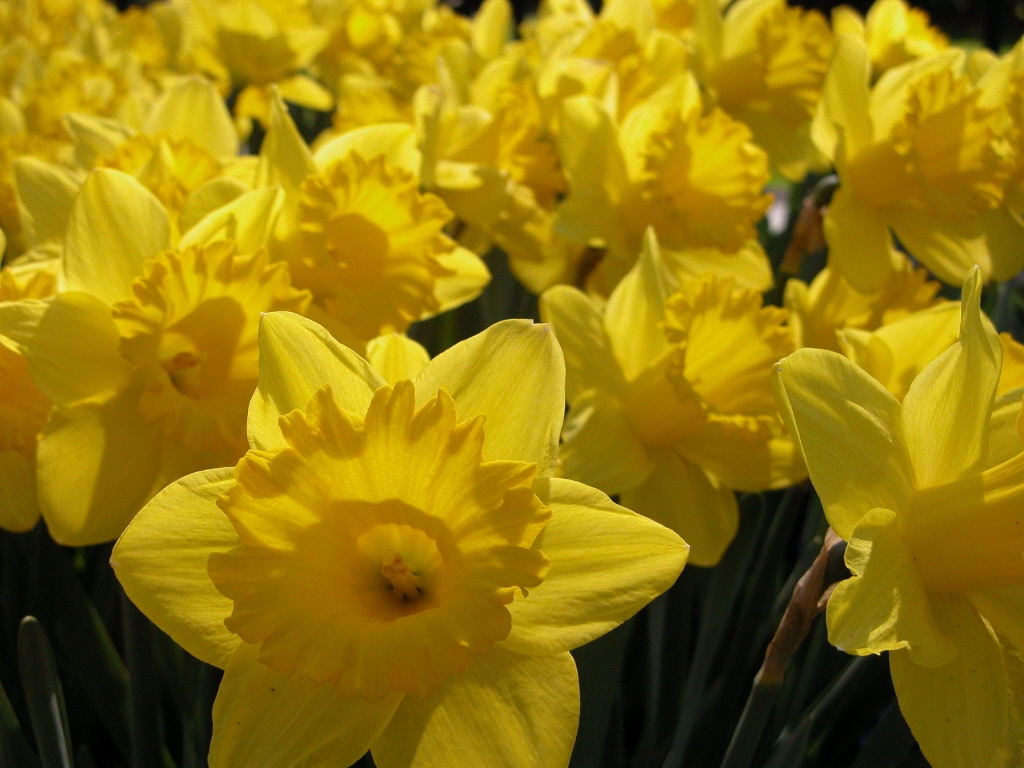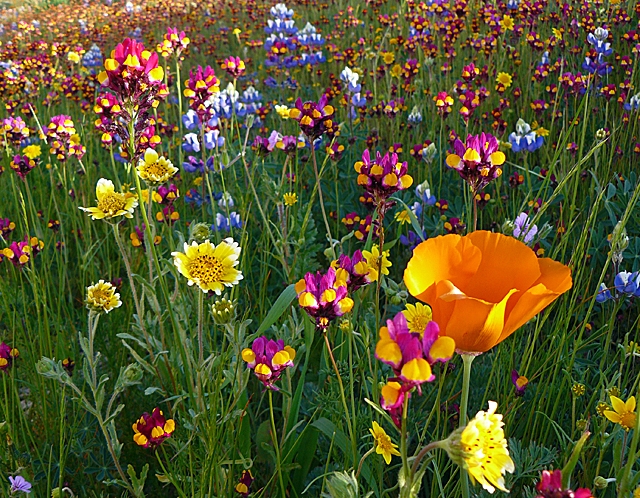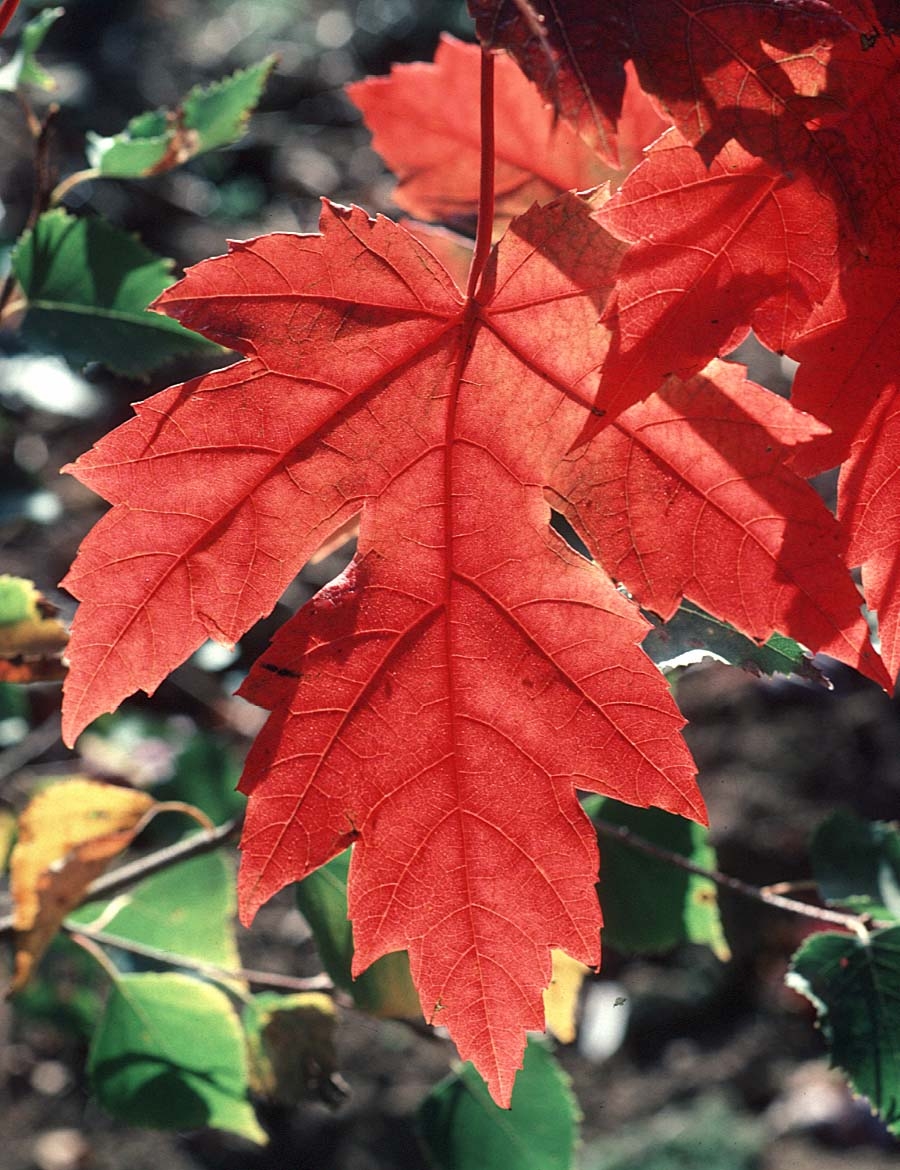Many of us garden in the shade year round. Other have sun in the summer but shade from fall through spring as the sun’s arc becomes lower. Here are some encouraging tips for you if this describes your garden.
If you’re new to growing vegetables you may be discouraged that your tomatoes are still green. Fear not ! Tomatoes don’t need direct sunshine to ripen , they only need warmth. That’s why green tomatoes will ripen on a kitchen window sill. Don’t be tempted to prune leaves out of the way so whatever sunshine you do get can hit your tomatoes. This can sunburn the fruit if we get a hot day and the result will be a white spot that eventually turns black, hard and inedible.
What about bulbs in 
To make sure your bulbs stand out in the landscape, figure at least 20-40 bulbs per drift. Be sure to pick up a sturdy, foot-operated bulb planter to better dig through surface roots and hard ground. In a time when money is short, naturalizing daffodils is an affordable way to grow more flowers and they’ll come back every year without losses from deer and gophers.
Squirrels, mice and moles, however, are observant and crafty. Once they discover newly planted bulbs, they’ll assume it’s food. Just disturbing the earth is a tip off for them. Daffodils and narcissus bulbs are unappetizing but if they dig them up and leave them exposed with just a nibble taken from them, so much for any spring flower display. Protect your bulbs with wire baskets or spray them with foul tasting repellent, letting the spray dry before planting. You can also bury the bulbs with ground up shells.
Planting bulbs along side a path makes for a beautiful look come spring. If you installed a flagstone or stepping stone path or sitting area this fall, now is the best between. Low, sturdy types that can withstand some foot traffic include blue star creeper for regularly irrigated area and creeping, woolly or elfin thyme for drier spaces. Make sure you have enough planting mix between the pavers for the plugs to grow. Fill the largest spaces first and allow them to spread into the little cracks. Mixing groundcover types looks great as long as they have the same water requirements. Low growing pennyroyal and corsican mint smell wonderful when you walk on them as does chamomile, although you need to mow this one occasionally to keep it neat and tidy.
Whatever you choose for your project this fall, you will love the look come spring.

 eed that is in the soil and germinate along with the wildflowers. These fast-growing weeds smother the slower growing wildflowers. For a more successful planting, take time to eliminate the competition.
eed that is in the soil and germinate along with the wildflowers. These fast-growing weeds smother the slower growing wildflowers. For a more successful planting, take time to eliminate the competition.  something that you can put a table and chairs under and still have room to play, consider a red maple. Autumn Blaze maples spread to 40 ft. wide and you’ll be enjoying their brilliant orange-red fall color long into the fall season. They need an occasional deep watering like a fruit tree but little pruning.
something that you can put a table and chairs under and still have room to play, consider a red maple. Autumn Blaze maples spread to 40 ft. wide and you’ll be enjoying their brilliant orange-red fall color long into the fall season. They need an occasional deep watering like a fruit tree but little pruning.